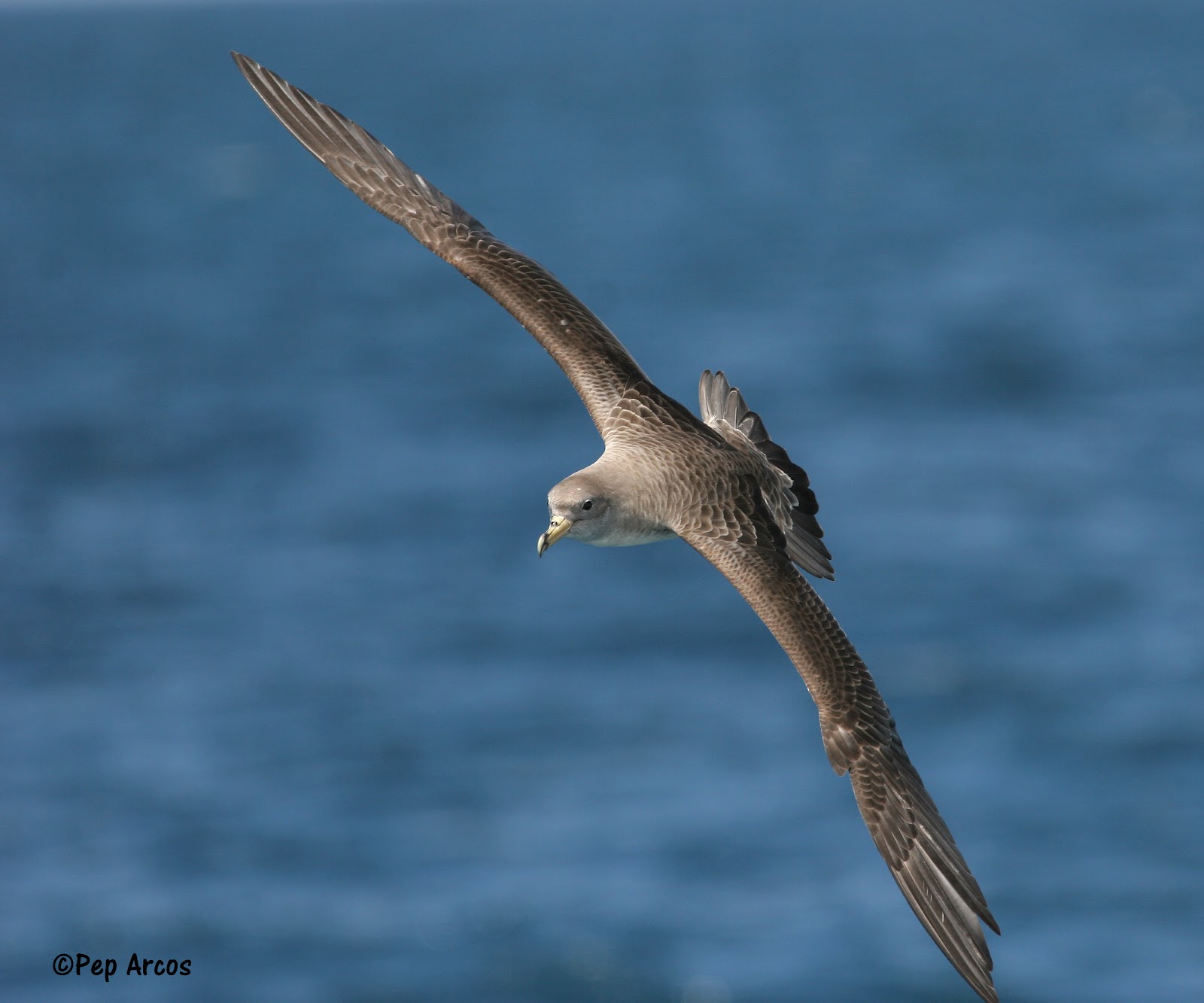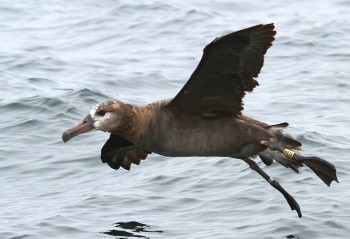Regular readers of ACAP Latest News will not be surprised to hear that as ACAP’s honorary Information Officer I have a good collection of books on procellariiform seabirds in my personal library – helpful as I research articles for the ACAP website. Among them are 17 books, nearly all on albatrosses, aimed at children that I have been collecting (and reviewing) over the last decade or so. Of these, no less than four have the North Pacific’s Laysan Albatross Phoebastria immutabilis as their subject bird. I also have two popular books on the Laysan Albatross that will be accessible to older children and to young adults. So is there space for yet another one on the bird?

Caren Loebel-Fried’s A Perfect Day for an Albatross published by the Cornell Lab of Ornithology this August is, according to the advertising blurb, aimed at children aged six to thirteen years. My own take is that it is best aimed at the younger child in this range. As I read the text I got the feeling it’s a book to read out loud to young children at bedtime while they look at the author’s illustrations. By age thirteen I think children should be ready to read about albatrosses in more than just a picture book: Hob Osterlund’s Holy Mōlī, also on the Laysan Albatross, comes to mind.
The book describes the return of a young female Laysan Albatross, named Mālie (meaning “calm” or “serene” in the Hawaiian language), to Midway Atoll, an island the author has visited, after four years at sea. Mālie meets a male albatross called Kumukahi (”beginning” or “origin”) and after a few years of displaying together they commence to breed. Kumukahi takes over incubation duty and Mālie goes foraging at sea, catching squid and flying fish eggs and having the perfect day of the book’s title.
The award-winning author from Volcano Village on the “Big Island" of Hawai’i has created the book’s illustrations by hand carving linoleum blocks and then transferring their images with oil-based ink to hand-made Gampi paper. She then colours the prints with pencils and back ink (click here). The ensuing illustrations, which appear on every page, are bold and striking. I particularly liked the ones of the two albatrosses mutually displaying against the bright orange rays of a setting sun and of Mālie seemingly plunging through a maelstrom to seize a squid. The books ends with some factual information on albatross biology and conservation, helpful to answer questions that a child might raise.

"Reuniting": Mālie and Kumukahi together. The original print is being auctioned with proceeds going to the Cornell Lab of Ornithology (click here)

"A perfect day"
The four other children’s books on Laysan Albatrosses in my library are in contrast all illustrated with paintings, not prints. Garbage Guts by Heidi Auman has a conservation theme as her albatross, Aria, struggles to deal with plastic pollution, having ingested bottle tops, toothbrushes and the like. Bryan Knowles’ Where Albatrosses Soar relates a story told in rhyme by a father to his son. Wisdom the Midway Albatross by Darcy Pattison with illustrations by Kitty Harvill is about the world's oldest known Laysan Albatross, first banded in 1956, and at last report still going strong (click here). The fourth book, Albatross of Kaua’i. The Story of Kaloakulua, written and illustrated by Susan Dierker, is the story of a real chick of the same name (referring to a phase of the waning moon) watched from its egg stage to fledging in 2013 via a “trosscam” mounted next to a nest on Kaua’i and operated by the Cornell Laboratory of Ornithology.
Twenty-five years or so ago if I then had all five books I would have read them to my daughter and then asked her which one she preferred. Who knows, one day I might be able to ask the question of a grandchild! Until then, I can recommend Carin’s latest book to parents looking for a gift for their pre-teen child. It can only help install and encourage a respect and love for the magnificent beings that albatrosses truly are.
The book is stated by the publisher as the first of a children’s series that “focuses on a fascinating bird species”. Perhaps a future book in the new series might take the rarer Black-footed Albatross P. nigripes that breeds alongside the Laysan Albatross on the low-lying atolls of the North-Western Hawaiian islands as its main subject. So far the score is 5:0 in favour of the more abundant Laysan!
With thanks to Caren Loebel-Fried.
Reference:
Loebel-Fried, C. 2017. A Perfect Day for an Albatross. Apex: Cornell Lab Publishing Group. Unpaginated [40 pp.]. ISBN 978-1-943645-27-5. Hardcover, many colour illustrations. USD 15.95. www.cornelllabpg.com.
John Cooper, ACAP Information Officer, 17 October 2017


 English
English  Français
Français  Español
Español 






